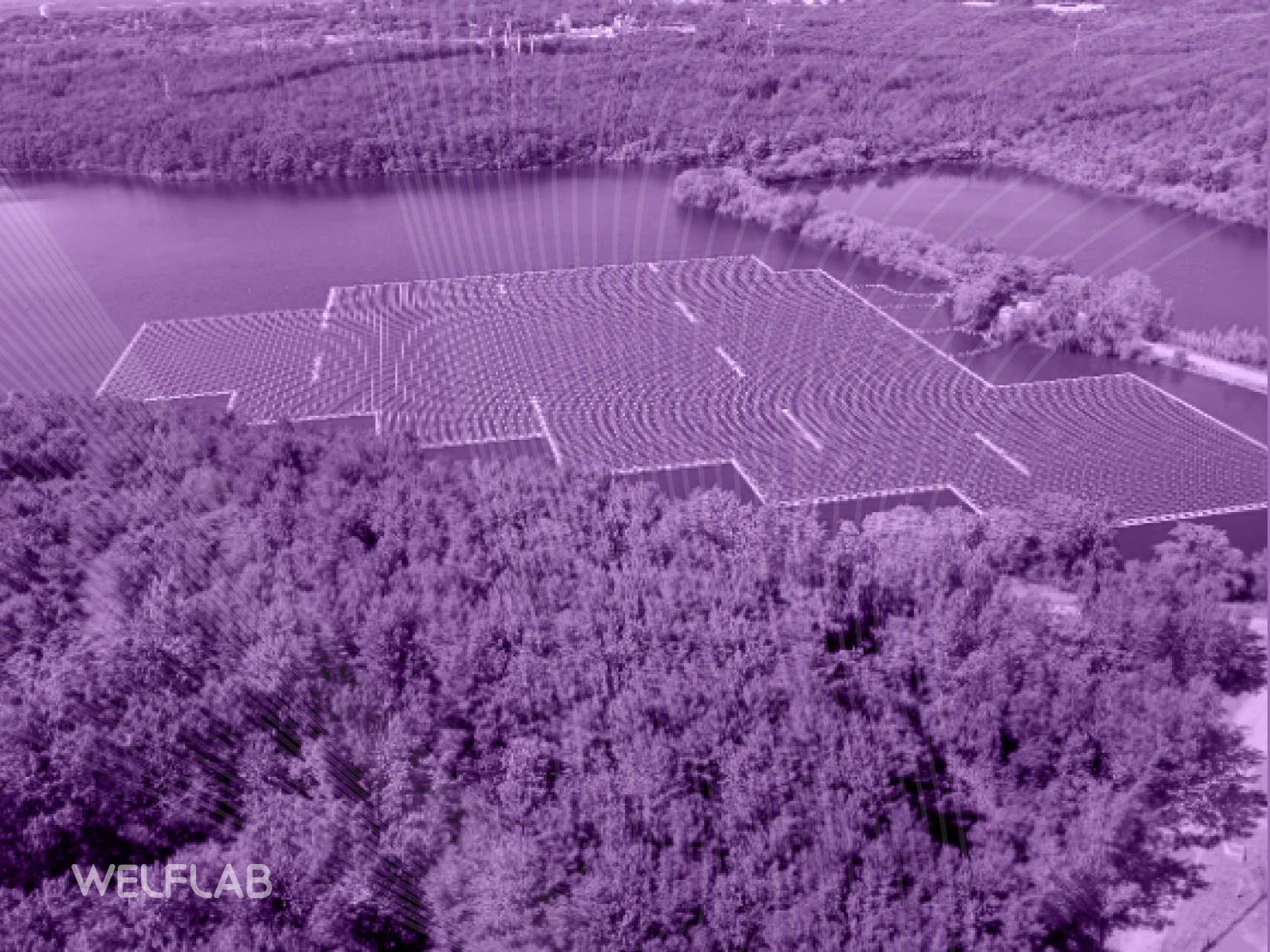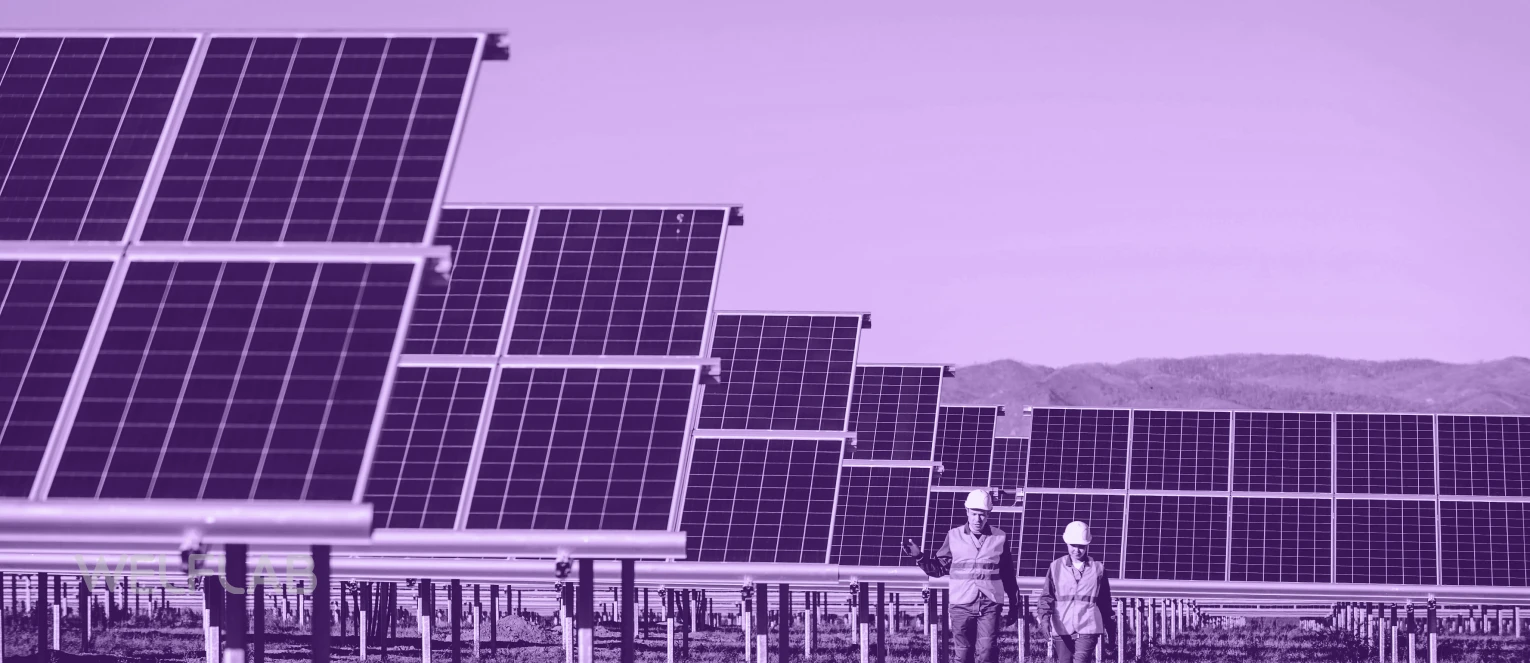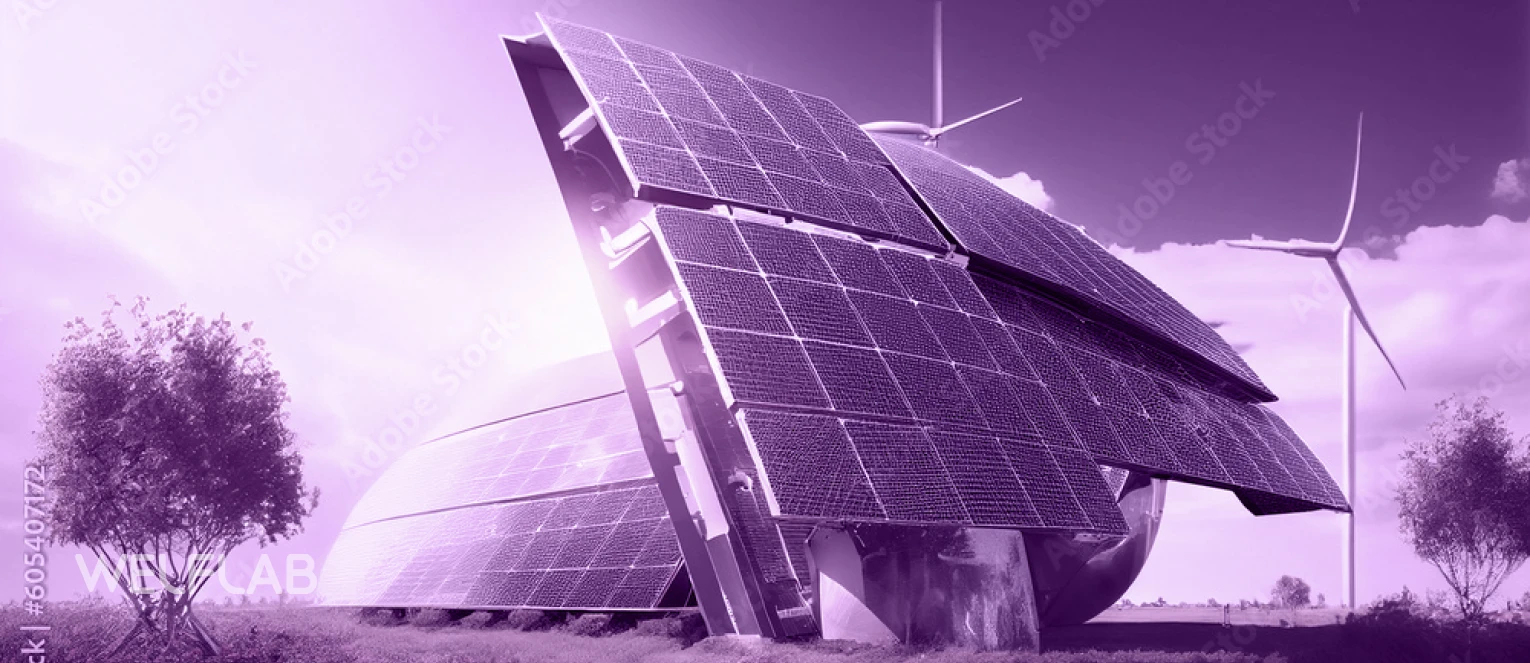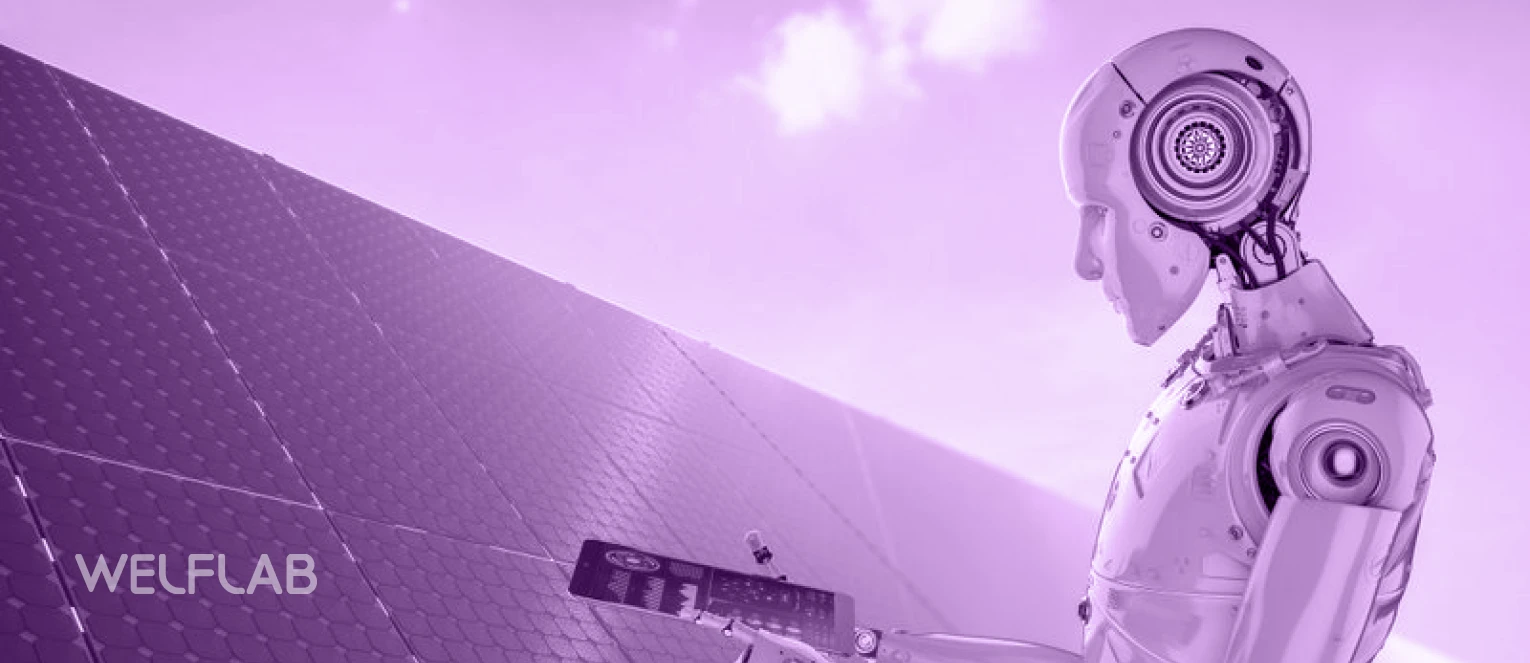- Introduction
In the realm of sustainable development and environmental stewardship, harnessing the capabilities of Generative AI has become a game-changer. This Environmental Impact Assessment (EIA) for the ABC Solar Power Plant showcases how cutting-edge Generative AI technology has been seamlessly integrated into the process to evaluate and address potential environmental impacts. The objective is clear: to ensure that this ambitious project is not just sustainable but exemplifies the highest standards of environmental responsibility.
- Project Description
The ABC Solar Power Plant, a utility-scale solar farm, aims to generate renewable energy to meet the electricity needs of the local community. What sets this project apart is its profound reliance on Generative AI technology. The installation of solar panels, energy storage systems, and the necessary infrastructure for efficient electricity transmission has been optimized to the highest degree, thanks to the remarkable capabilities of Generative AI.
- Methodology
The use of Generative AI in this EIA has introduced a groundbreaking approach. An interdisciplinary team of experts, supplemented by AI-powered data analytics, conducted an exhaustive assessment of various environmental components and their potential impacts. Generative AI algorithms played a pivotal role in processing vast datasets, conducting simulations, and producing predictive models, providing unprecedented insights into environmental factors.
- Environmental Components
4.1. Air Quality: Generative AI models have forecasted temporary localized air pollutants and dust emissions during the construction phase. However, the operation of the solar plant, influenced by AI-driven optimizations, promises cleaner energy production, thereby significantly reducing emissions linked to conventional fossil fuel-based power generation.
4.2. Water Resources: Generative AI has been instrumental in optimizing water management strategies during both construction and operation phases, ensuring minimal impact on local water resources.
4.3. Flora and Fauna: The integration of advanced AI-driven ecological surveys allowed for the identification and preservation of endangered species’ habitats. Interestingly, the installation of solar panels, optimized through Generative AI, boasts negligible ecological impacts.
4.4. Noise and Vibration: AI-guided noise analysis and prediction models were employed during the construction phase. Generative AI played a pivotal role in scheduling construction activities to minimize disturbances to neighboring communities.
4.5. Socio-Economic Aspects: Generative AI-assisted socio-economic modeling predicts a surge in employment opportunities and local revenue generation, further enriching the socioeconomic landscape.
- Environmental Management and Mitigation Measures
Generative AI has been the driving force behind innovative mitigation measures:
– AI-enhanced dust control strategies during construction.
– AI-driven energy optimization to significantly reduce greenhouse gas emissions.
– AI-informed best practices for flora and fauna preservation.
– Establishment of an AI-driven monitoring program to track and manage potential impacts throughout the project’s lifecycle.
– Development of an AI-enabled emergency response plan to address unforeseen environmental incidents.
- Stakeholder Engagement: A Collaborative Approach
Engaging stakeholders in a collaborative dialogue has been a cornerstone of this project. Local communities, environmental organizations, government agencies, and neighboring businesses have actively participated in consultations and discussions. This inclusive approach not only served to gather valuable input but also fostered a sense of ownership and support among community members.
- Monitoring and Adaptive Management
The EIA is not a static document; it represents an ongoing commitment to environmental responsibility. Robust monitoring and adaptive management strategies have been implemented to ensure continuous compliance with environmental regulations and the perpetual minimization of the project’s environmental footprint.
Regular monitoring of air quality, noise levels, and water usage is scheduled during both construction and operation phases. Data collected will be compared to established benchmarks, enabling immediate corrective actions if any deviations are detected. This proactive approach ensures that potential issues are addressed promptly, preventing them from escalating into larger environmental concerns.
Furthermore, an adaptive management approach will be embraced to accommodate new scientific discoveries and innovative technologies. As the field of renewable energy evolves, the ABC Solar Power Plant remains poised to adopt the latest sustainable practices.
- Climate Change Mitigation
A primary objective of the ABC Solar Power Plant is to mitigate the effects of climate change by substantially reducing greenhouse gas emissions. The project’s reliance on Generative AI technology has been instrumental in achieving this goal. By harnessing the power of the sun to generate electricity, the project dramatically reduces the community’s reliance on fossil fuels.
Solar energy, a clean and renewable source of power, produces no direct greenhouse gas emissions during operation. This transition from conventional fossil fuel-based power generation to solar energy aligns with global efforts to combat climate change and reduce the carbon footprint of energy production.
- Economic Benefits and Community Development
In addition to its environmental advantages, the ABC Solar Power Plant is set to deliver substantial economic benefits to the region. The construction phase alone will create jobs across various sectors, from engineering and construction to logistics and support services. This job creation will inject capital into the local economy, stimulating growth and development.
During operation, the project will continue to provide employment opportunities, particularly in the maintenance and operation of the solar farm and energy storage systems. Revenue generated from the sale of clean energy will contribute to local tax revenues, which can be reinvested in community services and infrastructure.
Furthermore, the project team is fully committed to supporting local development initiatives. This may include forging partnerships with educational institutions to promote STEM education and training, offering scholarships to local students pursuing careers in renewable energy, and launching other community enhancement programs. These efforts will leave a lasting positive impact on the region, solidifying the ABC Solar Power Plant as a catalyst for community growth.
- Conclusion: A Sustainable Future Enabled by Generative AI
In conclusion, the ABC Solar Power Plant stands not only as a source of clean, renewable energy but also as a remarkable showcase of the transformative potential of Generative AI in environmental responsibility. This Environmental Impact Assessment, enriched by the integration of AI technology, has demonstrated that the project is not only well-conceived but is thoroughly evaluated and equipped with robust mitigation measures to minimize its environmental footprint.
Through AI-driven stakeholder engagement, real-time monitoring, and adaptive management, the ABC Solar Power Plant epitomizes the potential of AI in enhancing environmentally responsible energy production. It not only contributes to climate change mitigation but also stimulates economic growth and community development.
In this era of environmental consciousness and technological innovation, the ABC Solar Power Plant serves as a beacon of hope and inspiration. It underscores the immense potential of Generative AI to align with the global goal of cleaner, greener, and more prosperous energy production. As we move forward, the seamless integration of AI into sustainable projects will continue to redefine our world, reaffirming our collective commitment to a more sustainable and environmentally responsible future.





